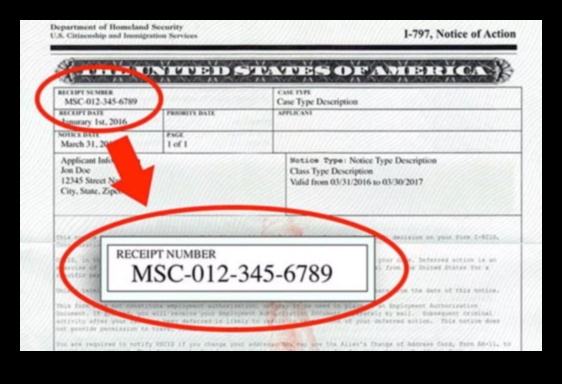Immigration Status A Guide to Checking Your Status
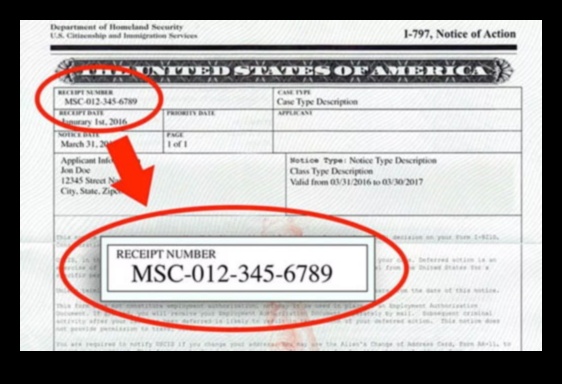

How to Check Immigration Status
This article provides information on how to check your immigration status. It covers topics such as:
* What is my immigration status?
* Where can I check my immigration status?
* How long does it take to check my immigration status?
* What documents do I need to check my immigration status?
* What happens if my immigration status is denied?
* How can I appeal a denied immigration status?
* What are the different types of immigration statuses?
* How do I change my immigration status?
* FAQ
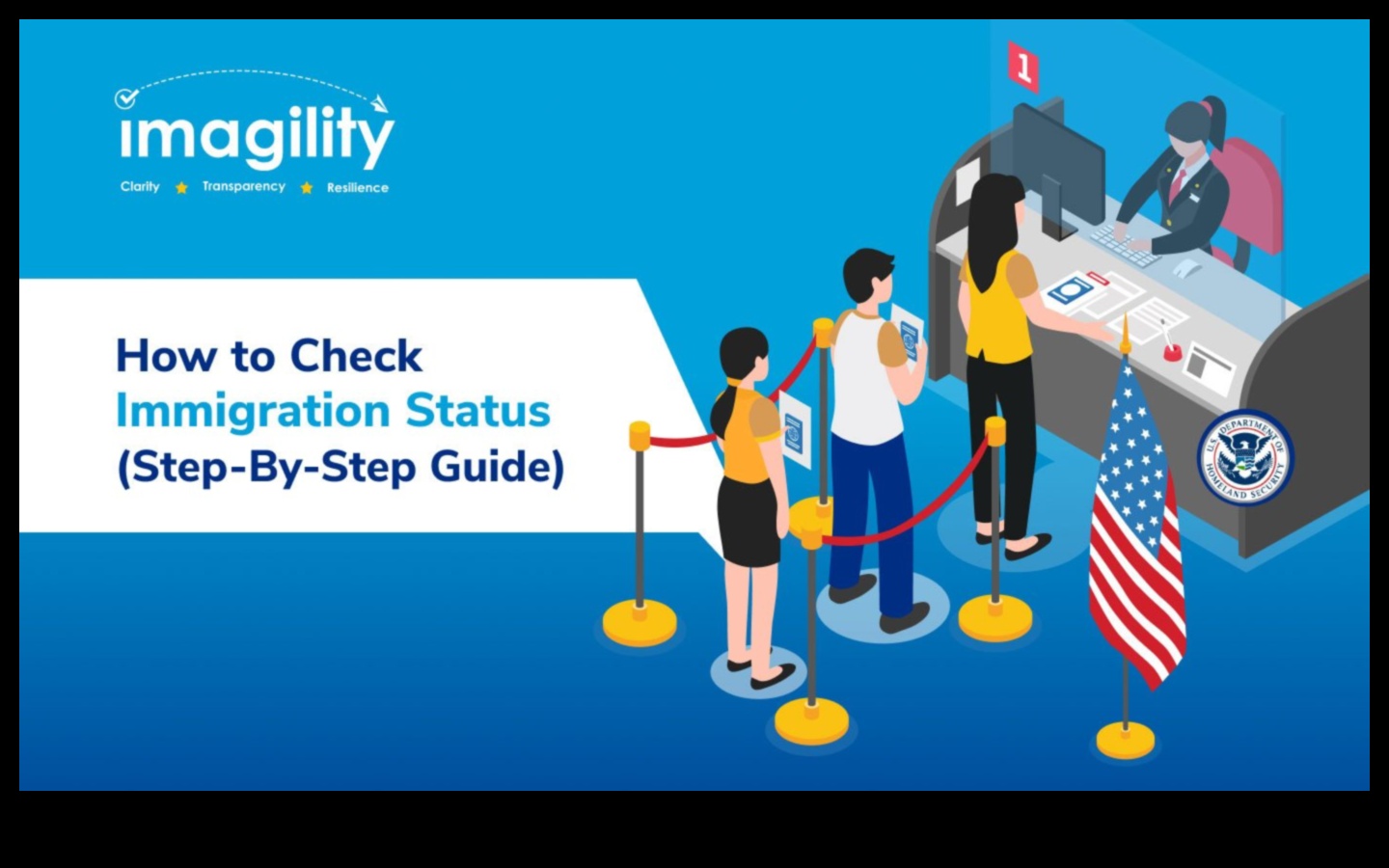
What is my immigration status?
Your immigration status is the legal category that describes your current immigration status in the United States. Your immigration status can be one of the following:
Undocumented: You are not a U.S. citizen or lawful permanent resident (LPR), and you do not have a valid visa.
Legal permanent resident (LPR): You have been granted the status of LPR, which means that you are allowed to live and work in the United States permanently.
Temporary resident: You have been granted a temporary visa, which allows you to live and work in the United States for a specific period of time.
Refugee: You have been granted refugee status, which means that you have been forced to flee your home country due to persecution or war.
Asylee: You have been granted asylum status, which means that you have been granted protection from persecution in your home country.
Diplomat: You are a diplomat from another country who is temporarily residing in the United States.
Where can I check my immigration status?
You can check your immigration status online at the U.S. Citizenship and Immigration Services (USCIS) website. You will need to provide your Alien Registration Number (A-number) or your Social Security number to access your immigration status.
You can also check your immigration status by mail or in person at a USCIS office. To check your immigration status by mail, you will need to complete Form I-551, Application for Replacement of Alien Registration Card. You can find this form on the USCIS website. To check your immigration status in person, you will need to visit a USCIS office and bring your original documents.

How long does it take to check my immigration status?
It can take a few minutes to check your immigration status online. If you are checking your immigration status by mail, it can take a few weeks for you to receive a response. If you are checking your immigration status in person, it can take a few hours.
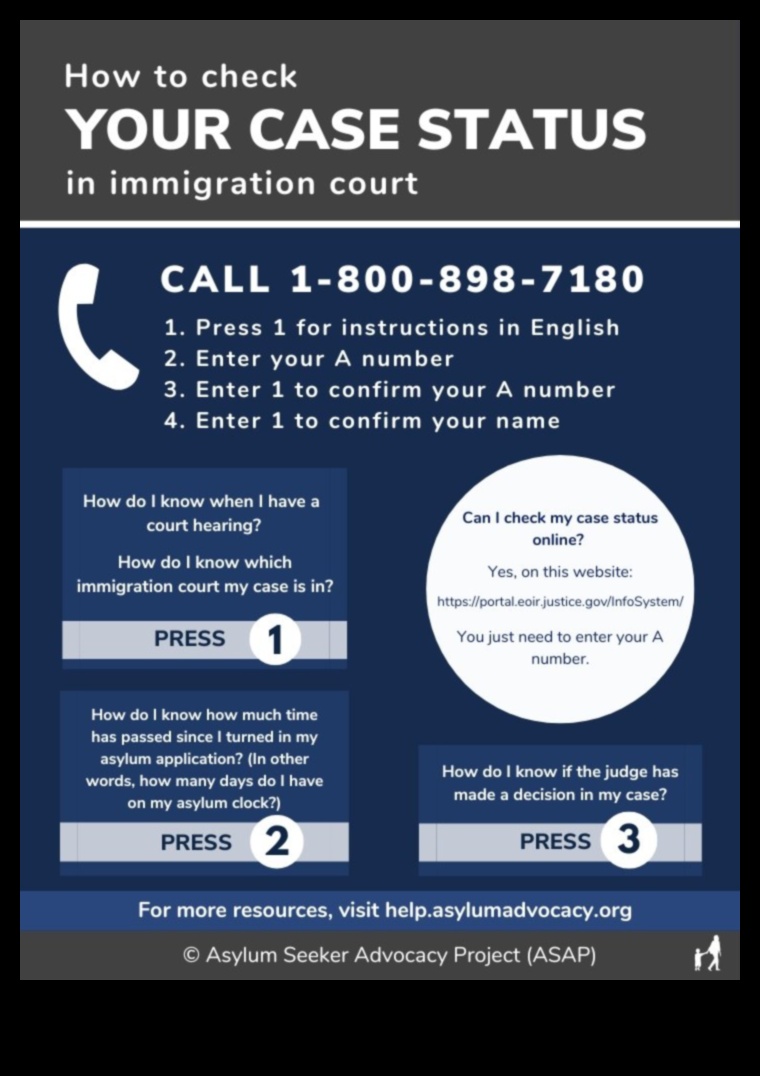
What documents do I need to check my immigration status?
You will need to provide your Alien Registration Number (A-number) or your Social Security number to check your immigration status online. If you are checking your immigration status by mail or in person, you will need to bring your original documents.
The documents you need to bring will depend on your immigration status. For example, if you are a LPR, you will need to bring your green card. If you are a refugee or asylee, you will need to bring your refugee or asylee documentation.
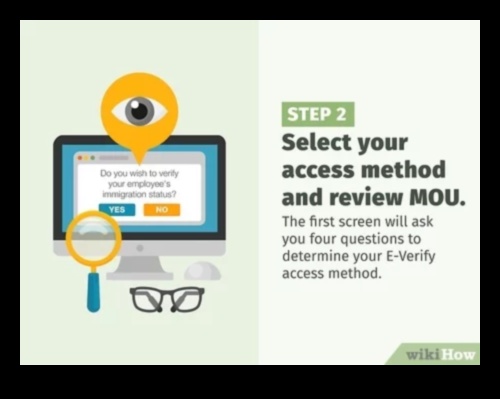
What happens if my immigration status is denied?
If your immigration status is denied, you will receive a letter from USCIS. The letter will explain why your immigration status was denied and what you can do next.
If you disagree with the decision to deny your immigration status, you can appeal the decision. You will need to file a Form I-290B, Notice of Appeal. You can find this form on the USCIS website.
How can I appeal a denied immigration status?
To appeal a denied immigration status, you will need to file a Form I-290B, Notice of Appeal. You can find this form on the USCIS website.
The Form I-290B must be filed within 30 days of the date of the decision to deny your immigration status. You must also include a copy of the decision letter and any other relevant documents.
The appeal will be reviewed by an immigration judge. The judge will decide whether to uphold the decision to deny your immigration status or to grant your appeal.
What are the different types of immigration statuses?
| Topic | Answer |
|---|---|
| How to check immigration status | You can check your immigration status online at the USCIS website or by calling the USCIS customer service line. |
| What is my immigration status? | Your immigration status is determined by the type of visa you have and your current immigration application status. |
| Where can I check my immigration status? | You can check your immigration status online at the USCIS website or by calling the USCIS customer service line. |
| How long does it take to check my immigration status? | It can take a few minutes to a few days to check your immigration status online. If you call the USCIS customer service line, it may take longer depending on the wait time. |
II. What is my immigration status?
Your immigration status is the legal category that describes your current immigration situation in the United States. It is determined by a number of factors, including your country of origin, your visa type, and your current immigration status.
There are many different types of immigration statuses, each with its own set of rules and regulations. Some of the most common immigration statuses include:
- Legal permanent resident (LPR)
- Temporary protected status (TPS)
- Deferred action for childhood arrivals (DACA)
- Undocumented immigrant
Your immigration status can have a significant impact on your life, including your ability to work, travel, and access government benefits. It is important to understand your immigration status and how it affects you.
If you are not sure what your immigration status is, you can contact the U.S. Citizenship and Immigration Services (USCIS) for more information.
II. What is my immigration status?
Your immigration status is the legal category that defines your current immigration status in the United States. It is determined by your immigration documents, such as your green card or visa, and it can affect your rights and privileges in the United States.
There are many different types of immigration statuses, including:
- Legal permanent resident (LPR)
- Temporary resident (TR)
- Undocumented immigrant
- Refugee
- Asylee
Your immigration status can change over time, depending on your circumstances. For example, you may become a legal permanent resident if you marry a U.S. citizen or if you are granted asylum. You may also lose your immigration status if you commit a crime or if you overstay your visa.
If you are not sure what your immigration status is, you can check with the U.S. Citizenship and Immigration Services (USCIS). You can also contact an immigration attorney for help.
What is my immigration status?
Your immigration status is the legal category that defines your current immigration status in the United States. It determines your rights and privileges, as well as the requirements you must meet to remain in the country.
There are many different types of immigration statuses, each with its own set of rules and regulations. Some of the most common immigration statuses include:
- Legal permanent resident (LPR)
- Conditional resident
- Refugee
- Asylee
- Diplomat
- Student
- Temporary worker
- Undocumented immigrant
To find out what your immigration status is, you can check the U.S. Citizenship and Immigration Services (USCIS) website or contact a qualified immigration attorney.
V. What documents do I need to check my immigration status?
You will need the following documents to check your immigration status:
- Your Alien Registration Number (A-Number)
- Your date of birth
- Your country of citizenship
If you do not have your A-Number, you can find it on your green card or on your Form I-94.
VI. What happens if my immigration status is denied?
If your immigration status is denied, you will receive a letter from USCIS explaining the reason for the denial. You may have the opportunity to appeal the denial, but the chances of success are slim. If your appeal is denied, you will have to leave the United States or face deportation.
There are a few things you can do if your immigration status is denied. First, you can consult with an immigration lawyer to learn about your options. You may also be able to apply for a different immigration status or a waiver of the grounds for denial.
If you are facing deportation, you should speak to an immigration lawyer as soon as possible. An immigration lawyer can help you understand your rights and options and represent you in court.
VII. How can I appeal a denied immigration status?
If your immigration status has been denied, you may be able to appeal the decision. The process for appealing a denied immigration status can be complex, so it is important to speak to an immigration lawyer before you take any steps.
In general, you will need to submit a written appeal to the USCIS office that denied your application. The appeal must include the following information:
- Your name and contact information
- The date of your denial
- The reason for your denial
- Any new evidence that you believe supports your case
The USCIS will review your appeal and make a decision. If your appeal is successful, your immigration status will be restored. However, if your appeal is denied, you will have to start the immigration process over again.
It is important to note that the appeal process can take several months, so it is important to start the process as soon as possible.
What are the different types of immigration statuses?
There are many different types of immigration statuses, each with its own set of requirements and benefits. The most common types of immigration statuses include:
- Temporary visas allow foreign nationals to stay in the United States for a limited period of time, typically for work, study, or tourism.
- Permanent resident cards (also known as green cards) allow foreign nationals to live and work in the United States indefinitely.
- Citizenship is the highest form of immigration status, and it grants foreign nationals all the rights and privileges of being a U.S. citizen.
The type of immigration status you need will depend on your individual circumstances. For more information, you can consult with an immigration attorney or visit the U.S. Citizenship and Immigration Services (USCIS) website.
IX. How do I change my immigration status?
There are a few ways to change your immigration status. You can:
- Apply for a new immigration status
- Renew your current immigration status
- Adjust your status
To apply for a new immigration status, you will need to file a Form I-485, Application to Register Permanent Residence or Adjust Status. You can find more information about this form on the USCIS website.
To renew your current immigration status, you will need to file a Form I-90, Application to Extend/Change Nonimmigrant Status. You can find more information about this form on the USCIS website.
To adjust your status, you will need to file a Form I-485, Application to Register Permanent Residence or Adjust Status. You can find more information about this form on the USCIS website.
If you are not sure which option is right for you, you should consult with an immigration attorney.
FAQ
Q: What is my immigration status?
A: Your immigration status is the legal category that defines your current immigration status in the United States. It can be either temporary or permanent.
Q: Where can I check my immigration status?
A: You can check your immigration status online at the USCIS website or by calling the USCIS customer service line.
Q: How long does it take to check my immigration status?
A: It usually takes a few minutes to check your immigration status online. If you call the USCIS customer service line, it may take longer depending on the wait time.



